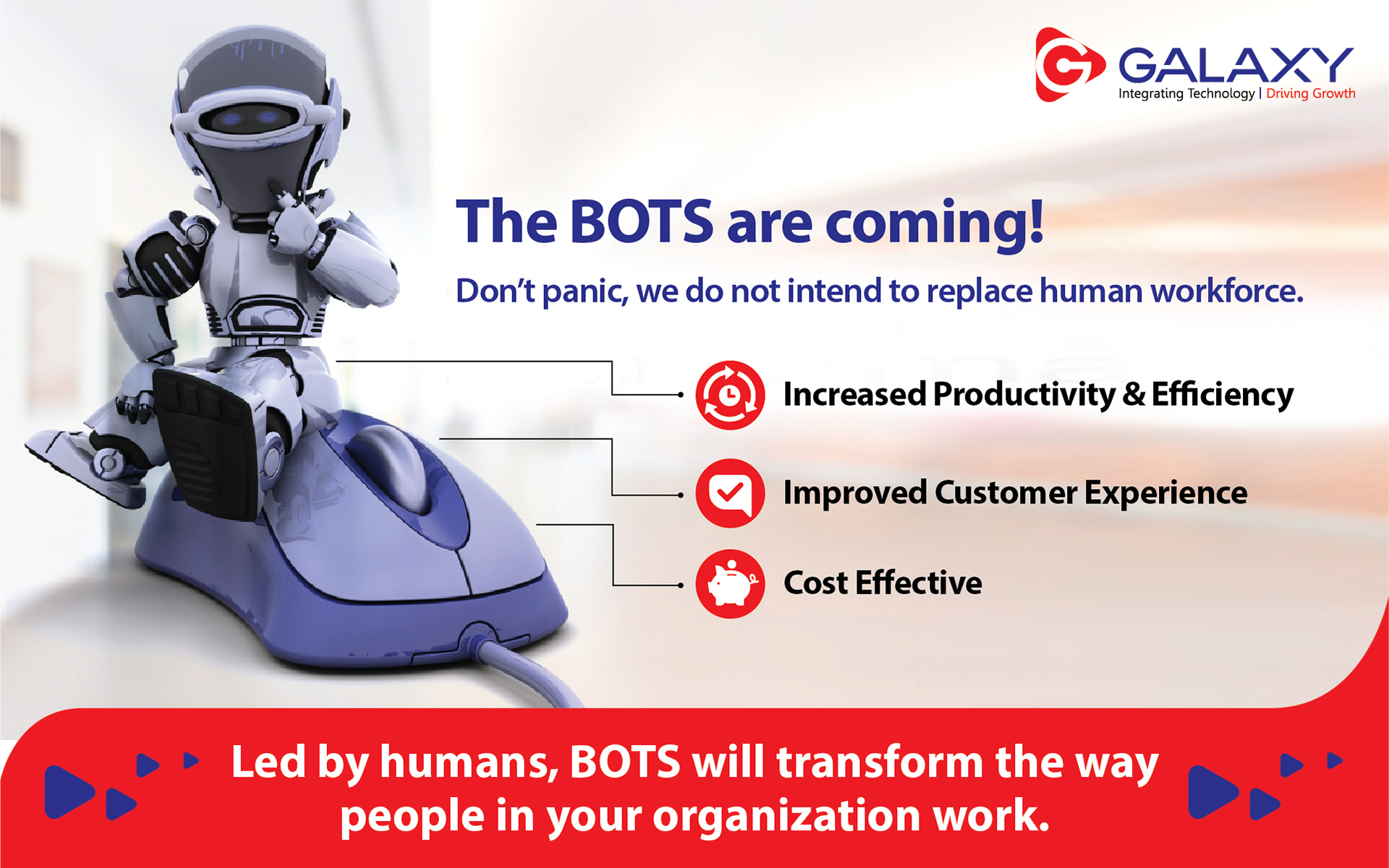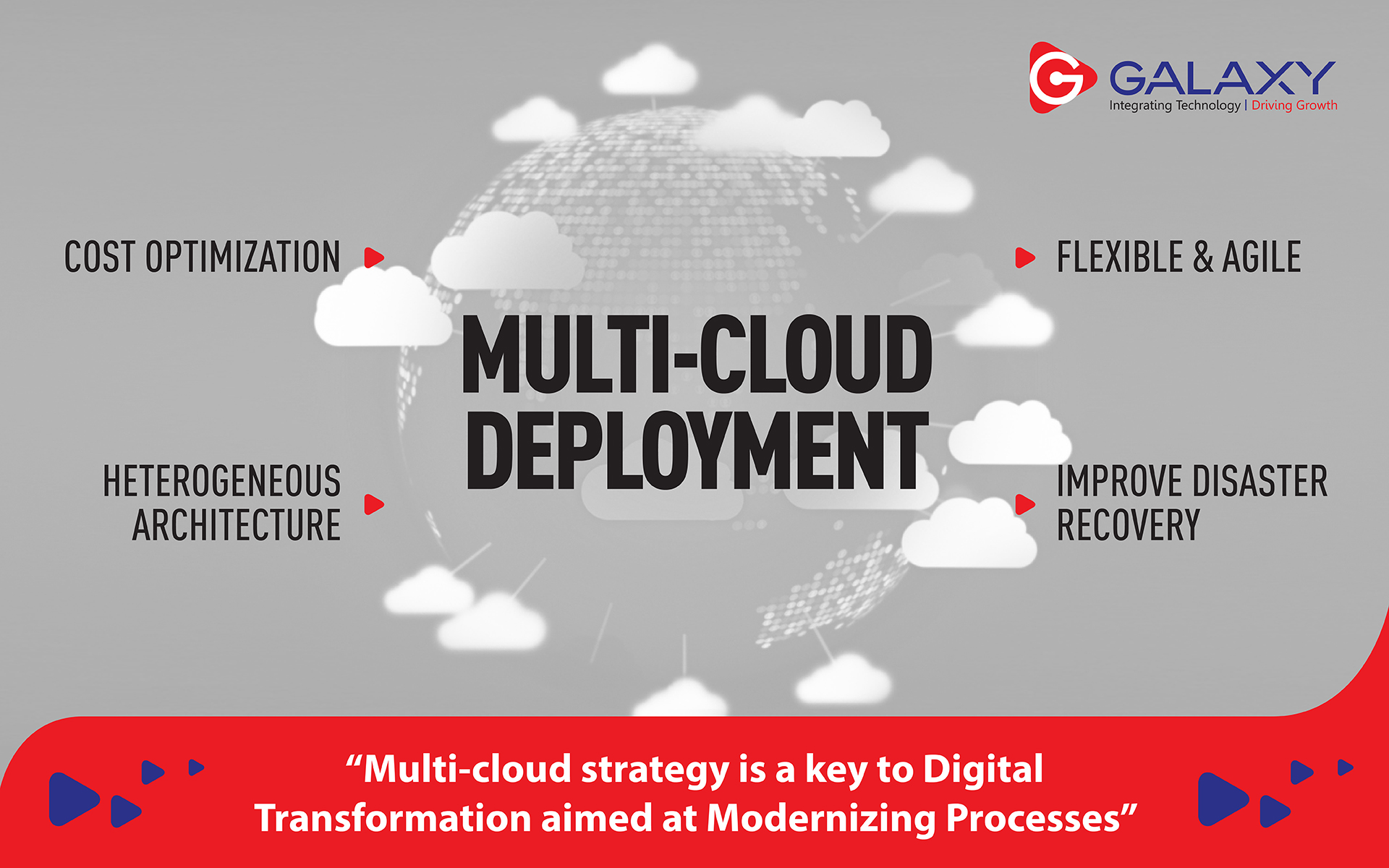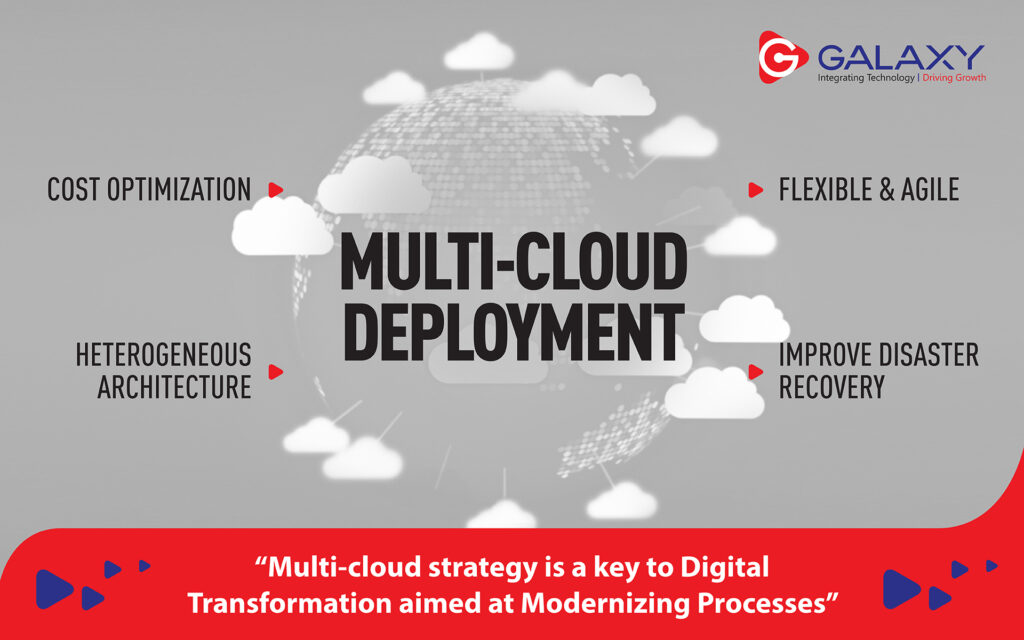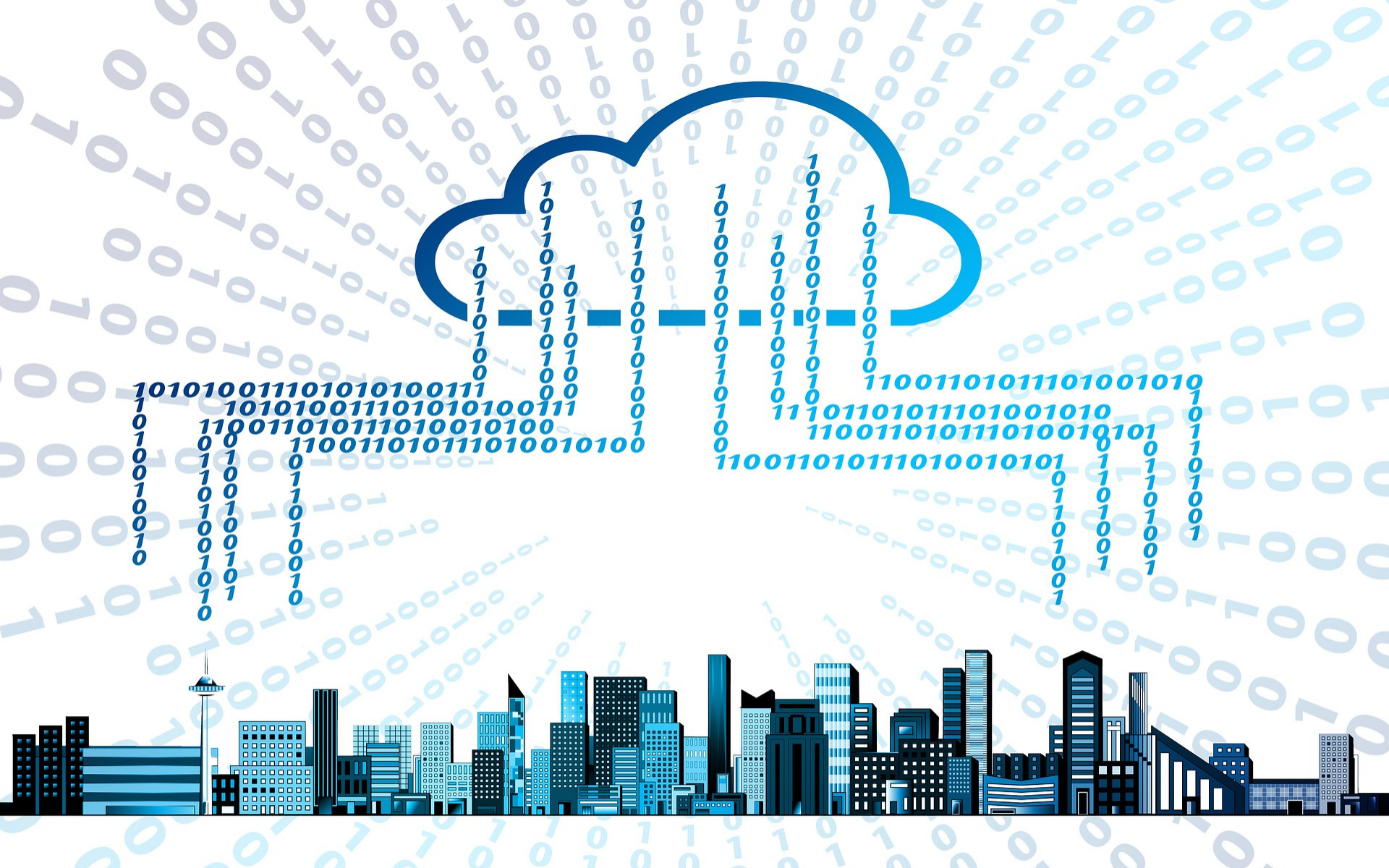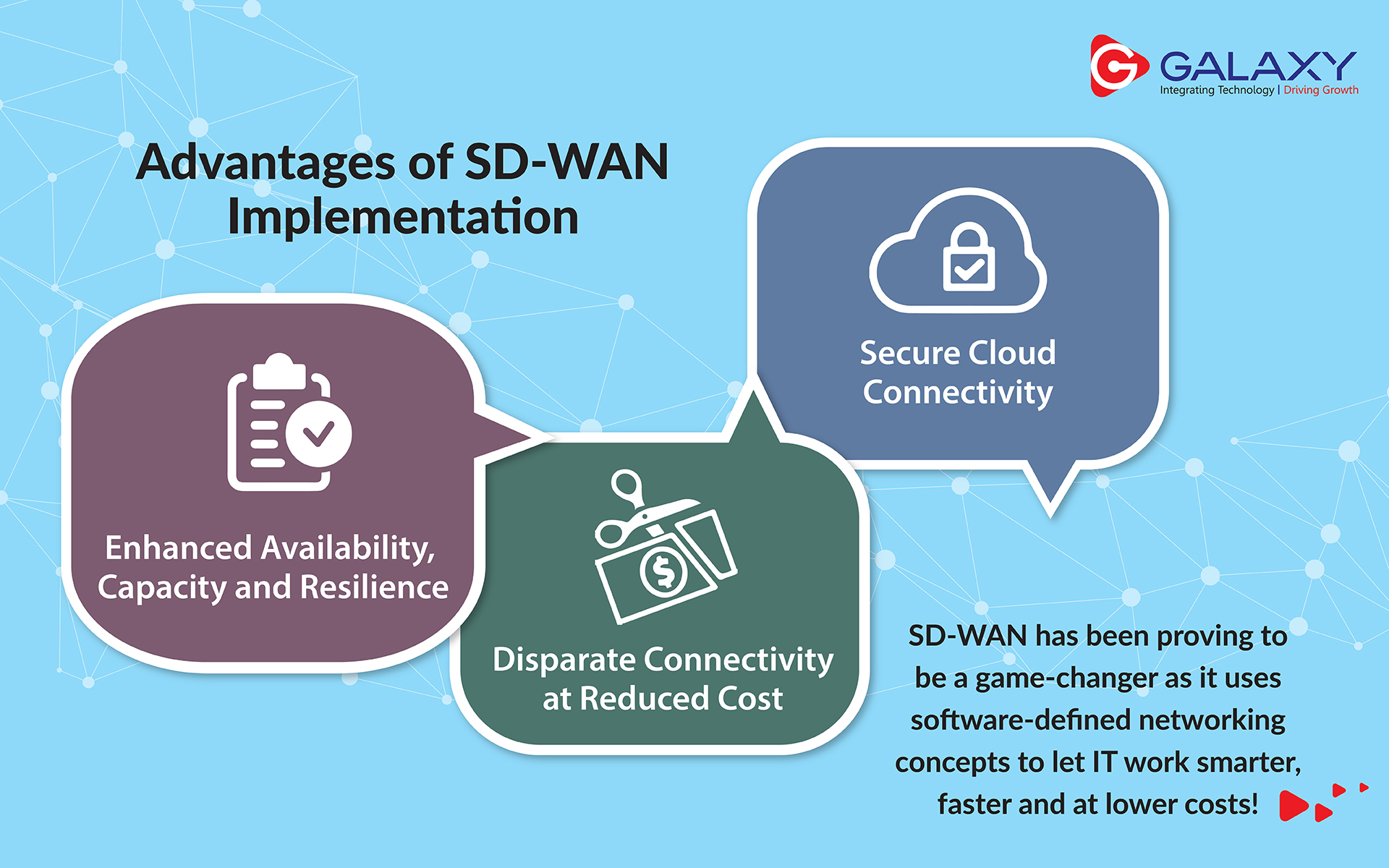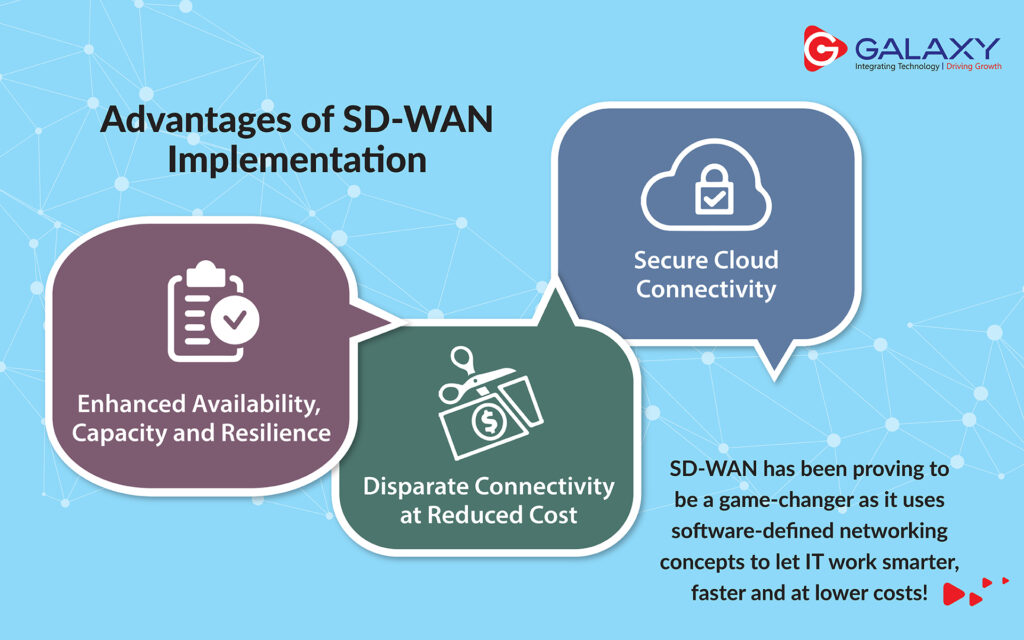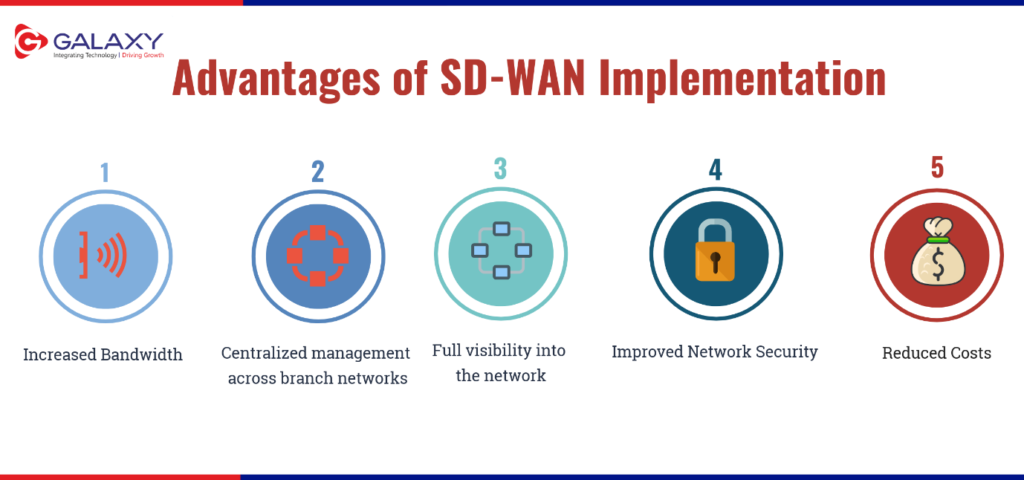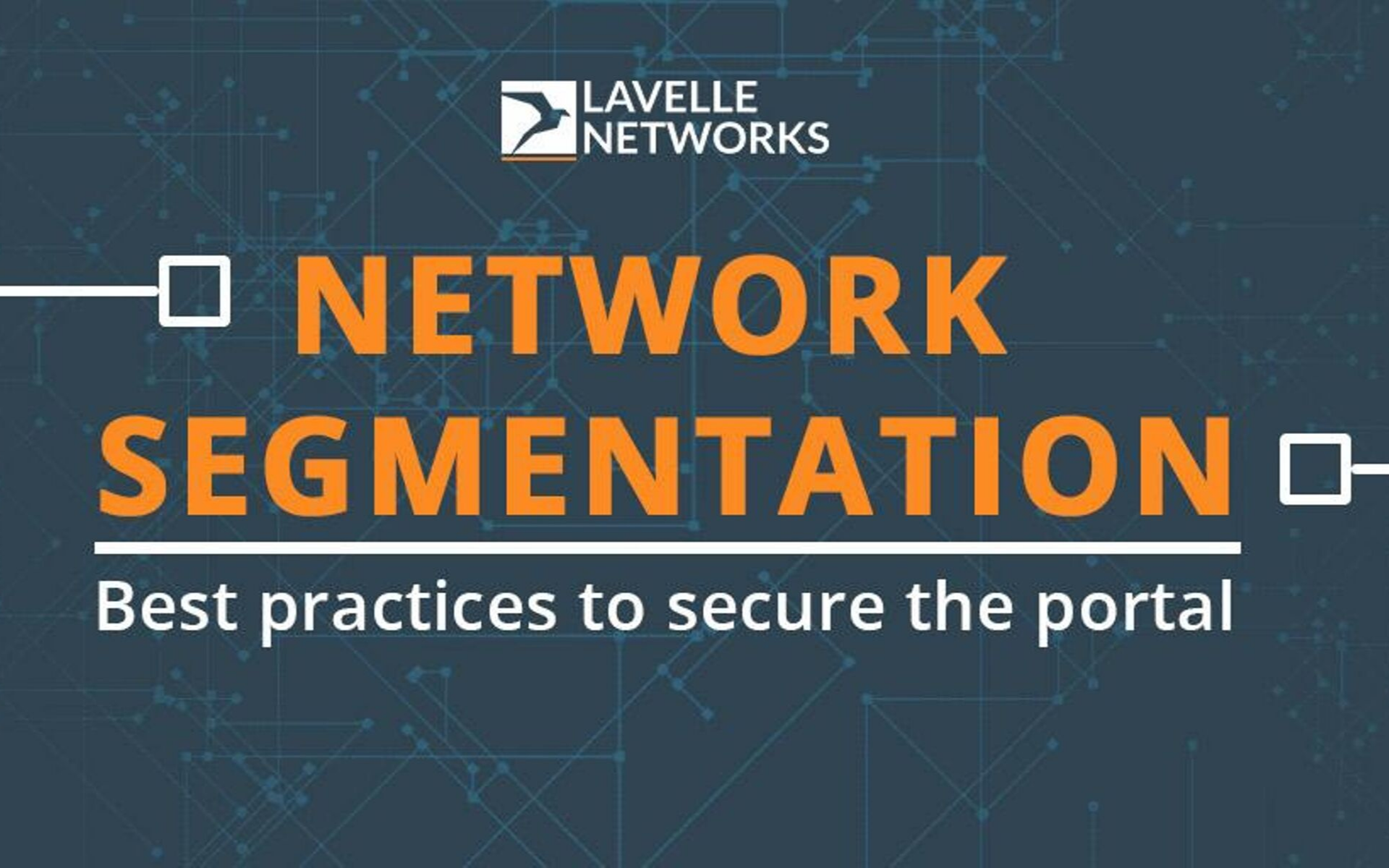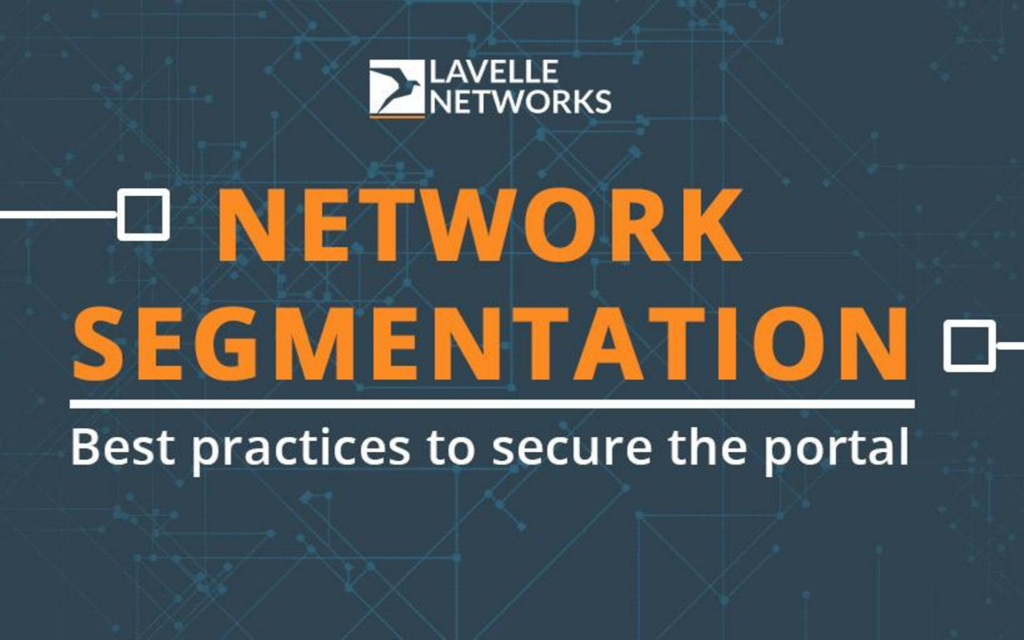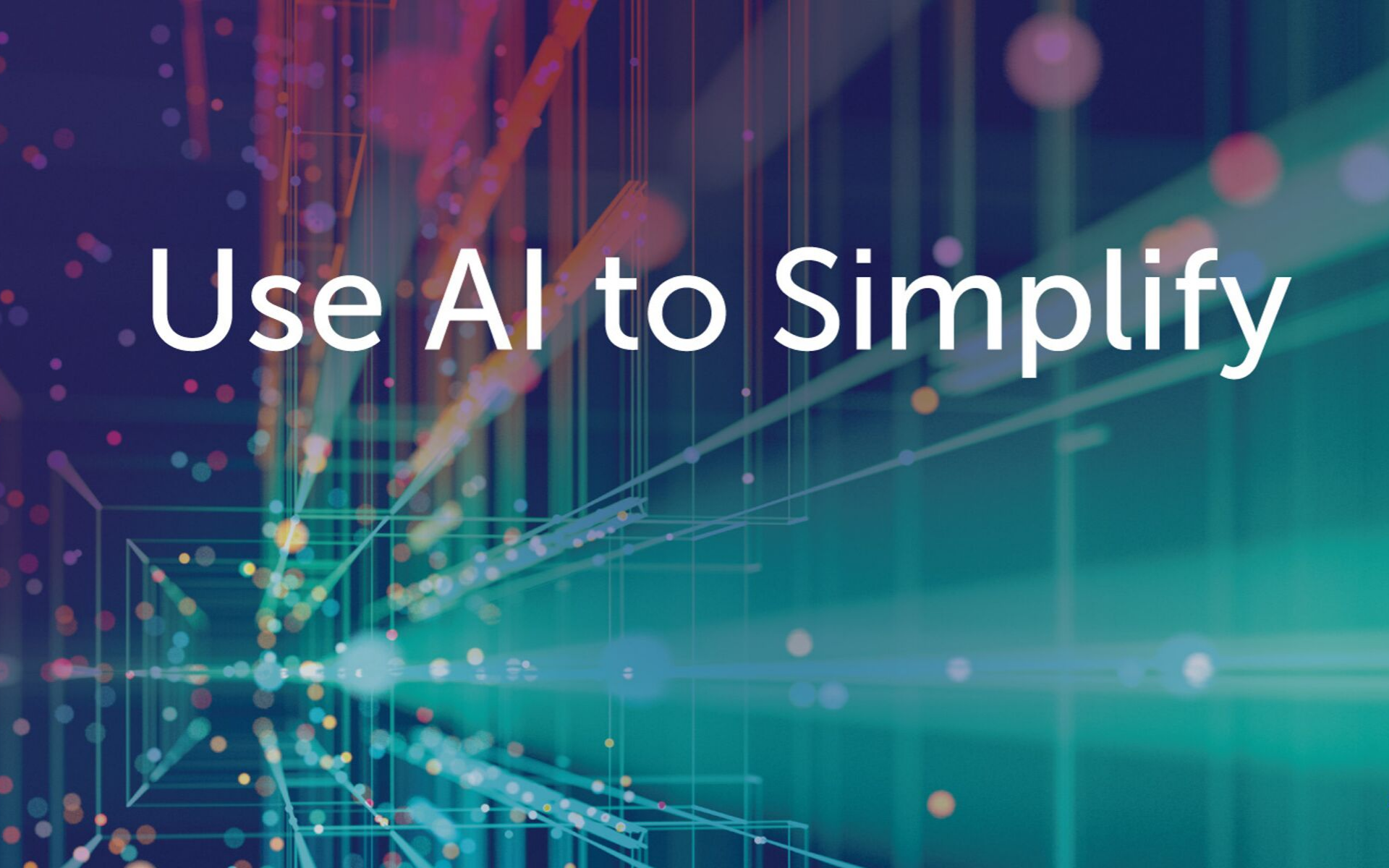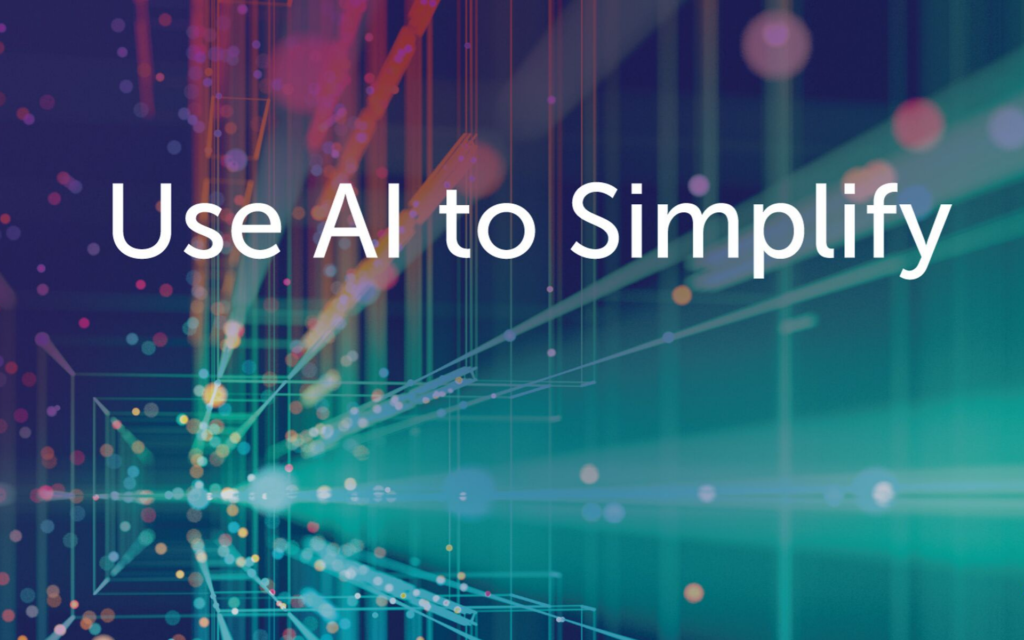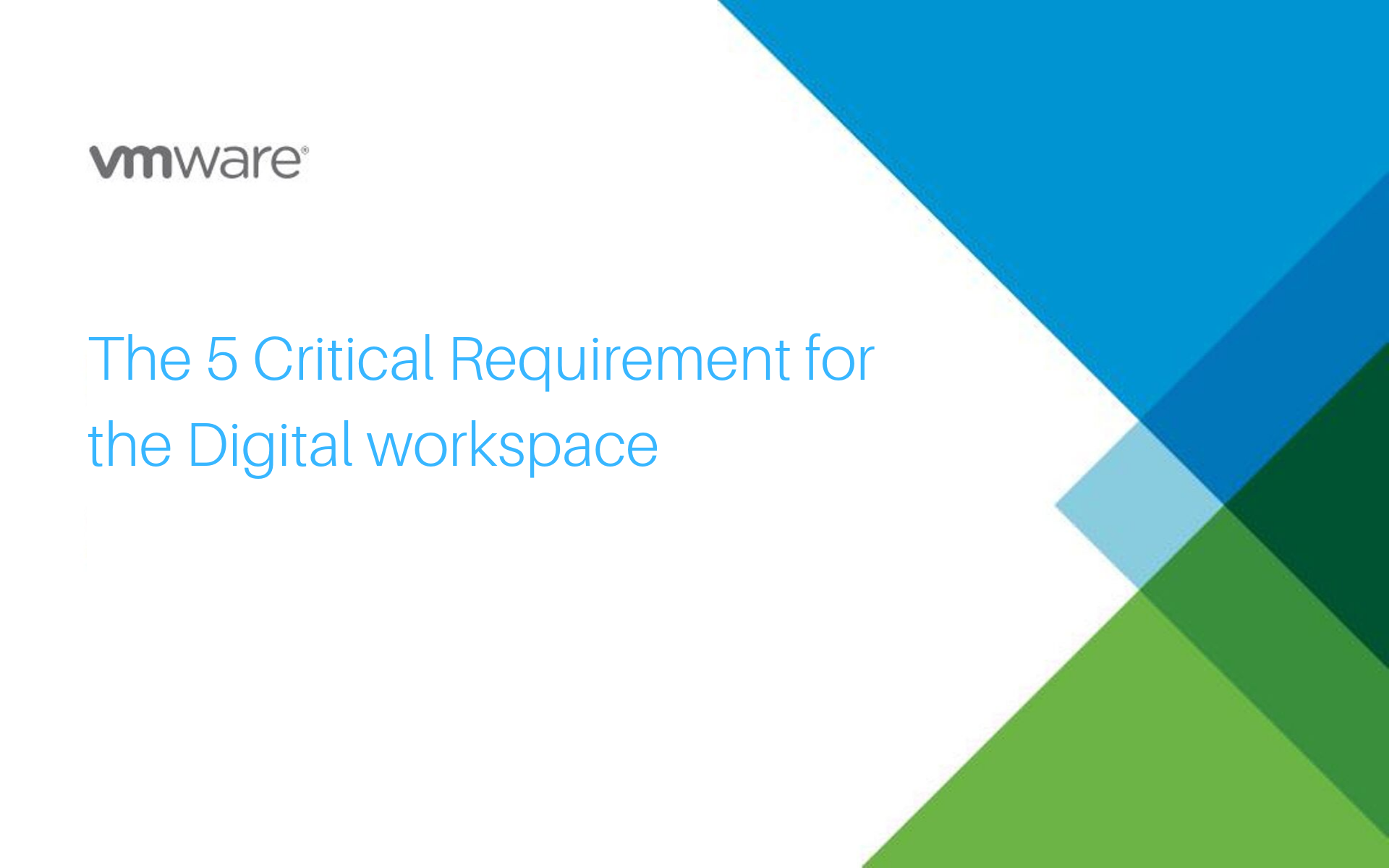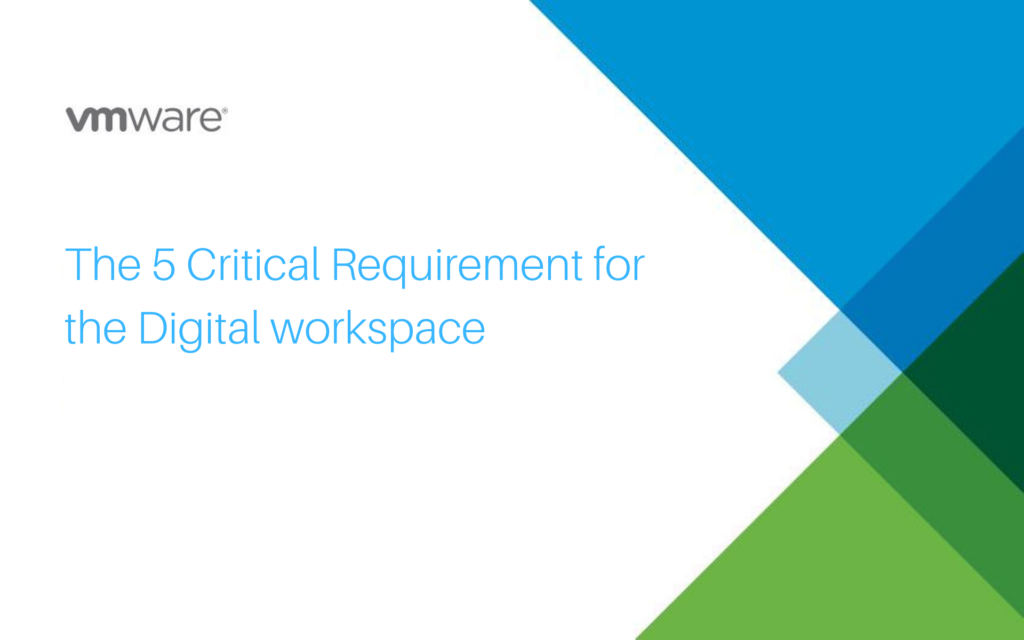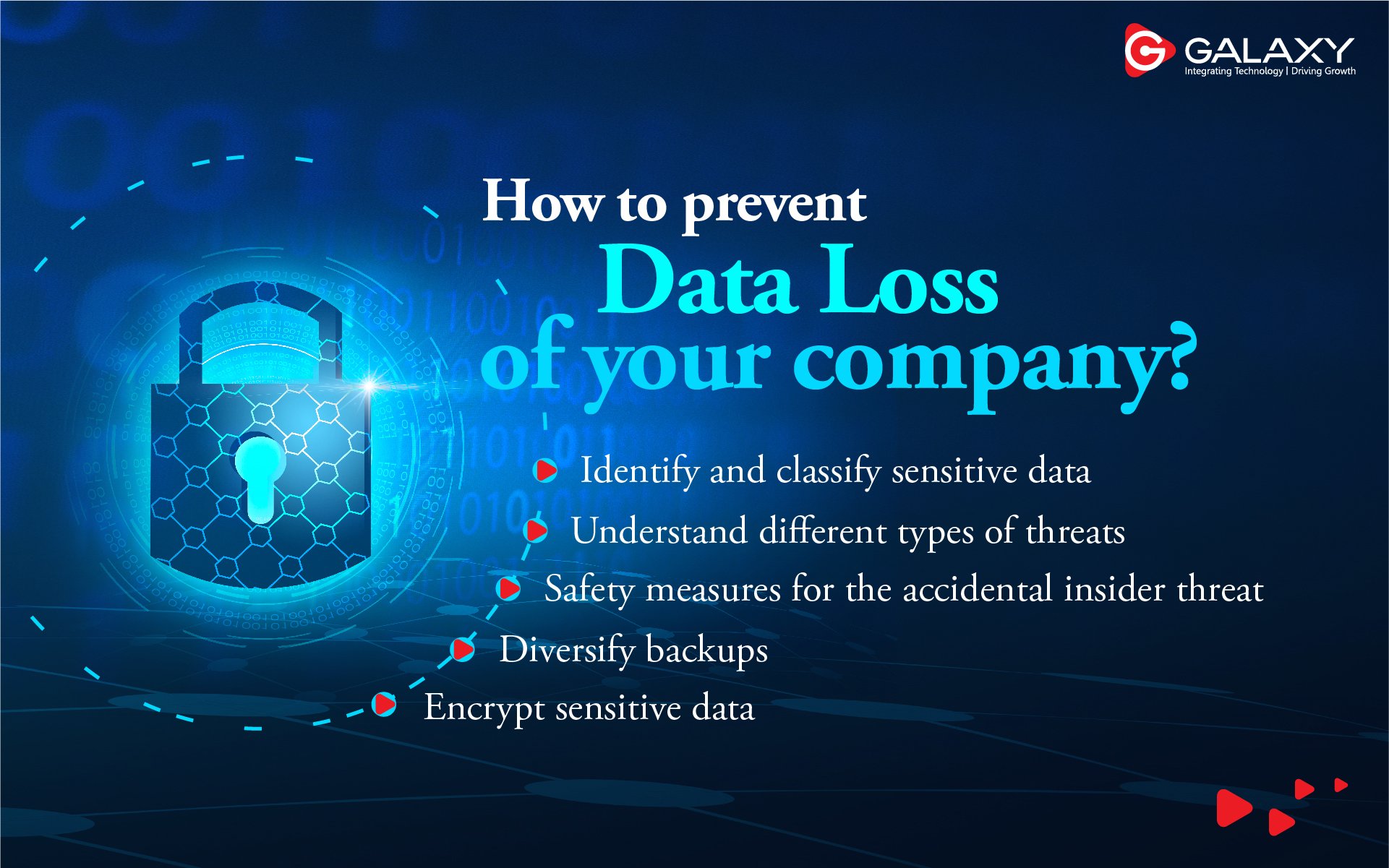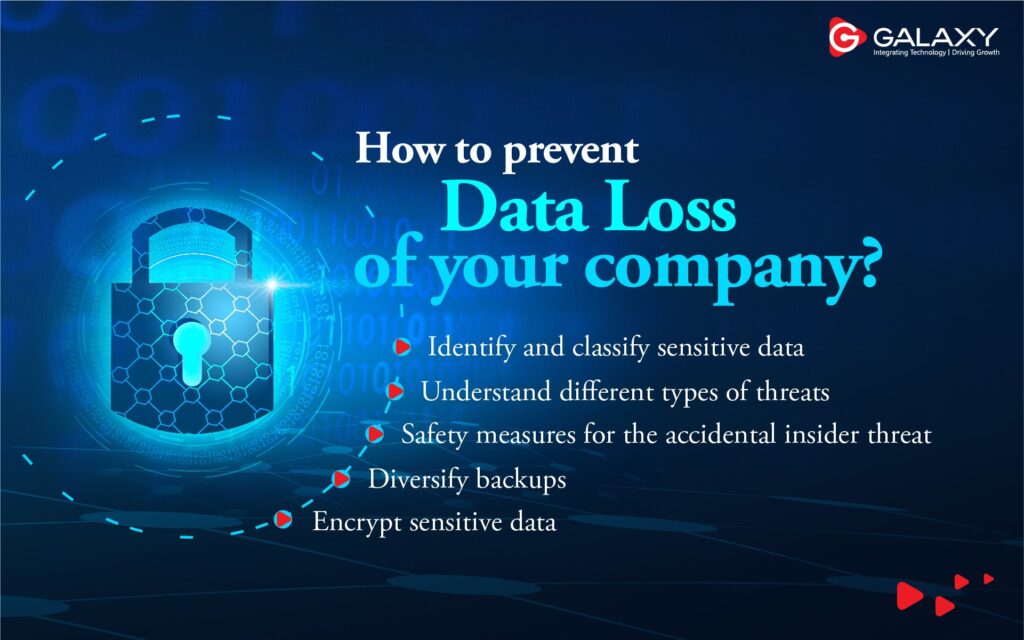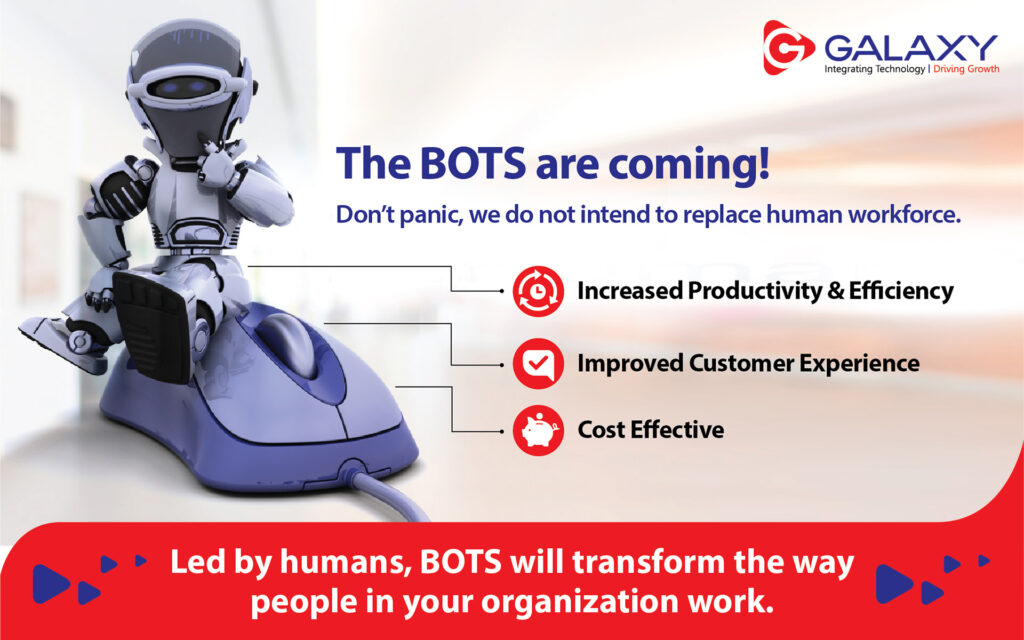
BOTS As Employees, Busting The Myth
BOTS AS EMPLOYEES, BUSTING THE MYTH
Digital technology is the latest buzz in the market… what if we at Galaxy, go one step further and say “if we could provide Digital Employees” for your organization.
Don’t panic, we do not intend to replace human workforce – instead we want to create an eco-system wherein digital employees could work as a helping hand to human employees.
Surprised? How can this be possible? What are the processes/tasks that Digital Employees can perform? So here it goes – any tasks/process that is repetitive in nature, has a sequence/workflow associated with it and is high in volume, can be completely automated using software bots or like we call – Digital employees. This could form as eligibility criteria for any tasks/process
Sounds good, but why should I use Digital Employees ? This is a genuine question and answer is ? Digital Employees can perform almost any task – at a fraction of the cost, at much faster rates with almost zero error rate – needless to say all how this could boost business..
Next obvious question is how can we create these Digital Employees (Bots)? Is this a complex process? Can a business user do it without being dependent on IT Team?
The answer is YES. The platform which we provide is very user friendly and has most of the features in drag and drop manner. All the business user has to do – is apply this drag and drop feature as per the business logic. An example to further clarify – sales user can create a Digital Employee (bot) which could do following activity
- Login to CRM application
- Read an excel file that contains data on leads (say 50 records daily)
- Insert excel file leads into CRM application one by one
- Extract a report from CRM application of all leads entered
- Send an of extracted email to senior manager
Imagine the above use case for field sales in banks – wherein on an average the Sales team size is 2000+ and all the sales resources must do this activity on daily basis and that too manually. Digital
Employee can remove these manual/repetitive tasks/process and save lot of productive hours for these Sales Representatives. All of this, without involving the IT Team.
This was just one use case – you could consider any task/process(basis eligibility criteria defined earlier) in the organization and create a Digital Employee to perform those processes. Thus, we provide a platform which creates Digital Employees. The common terminology used in industry to define this platform is Robotic Process Automation i.e. RPA
I hope you are able to co-relate these three terms now i.e. Digital Employee – Bots – RPA.
RPA has wide range of usage and is industry independent i.e it can be used in Banking, Insurance, Pharma, Telecom, Retail etc. Also, within as industry RPA can be applied to any teams such HR, Sales, Accounts, Operations, Support etc
How to start with RPA ? At first, you can identify all processes across multiple teams which could be considered for RPA. Do a feasibility check with Galaxy to qualify the process for RPA and then start off with project. This would be useful for organization which is large and has a team which can dedicatedly work with multiple teams to evaluate processes for RPA.
Alternatively, for smaller and mid size organization, Galaxy would recommend to start small i.e. identify one or two process and start off with the project. Once the usage of RPA is familiar, other teams would gradually understand the benefits of RPA and other processes could be taken up. Interestingly, this methodology was also used by one large international bank wherein started off with small number of process with 10 bots in the environment and gradually over a period of year they reached upto 2500 bots in the environment.
Blog Credit – Robin George – Sales Specialist – Mobility and Automation, Galaxy Office Automation Pvt Ltd

